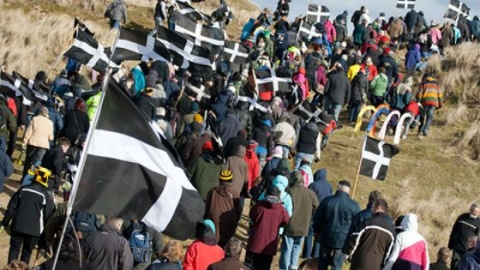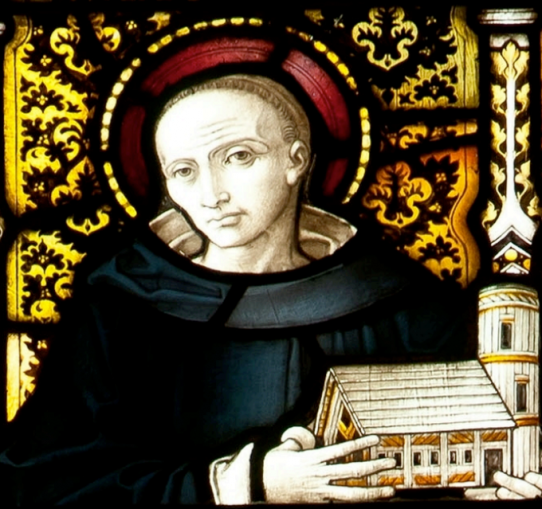Saint Piran’s Day - Deth Sen Peran - 5th March

Saint Piran’s Day is celebrated each year on 5th March as the national day of Cornwall.
Saint Piran, or ‘Perran’ as he is also known, is famed for his mythical discovery of the precious metal tin.
Saint Piran is the patron saint of tin-miners and Saint Piran’s Day was originally observed as a ‘tinner’s holiday’ by the numerous tin-miners of Cornwall.
Whilst other Cornish saints have been feted as ‘the patron saint of Cornwall’, Saint Piran is most commonly associated with this accolade and the flag of Saint Piran is now also recognised as the Cornish flag.
The flag shows a white cross on a black background and is said to depict the saint’s discovery of tin ‘the white metal’ flowing from the black Cornish rocks.
Whilst scholars argue as to the origins of Saint Piran and no definitive history has been agreed, many believe he was a bishop who travelled to Cornwall from Ireland in the early 6th century when he was exiled from the green isle by those who were envious of his ability to heal.
Legend suggested that he was thrown to sea attached to millstone and somehow managed to sail safely to Cornwall, landing on a small beach near Newquay which was named Perran Beach in his honour.
It was here that Saint Piran built his oratory – a small chapel whose remains can still be seen today, submerged in sand.
Saint Piran’s day has remained popular throughout Cornwall with marches, festivals and Cornish-themed events, such as the annual ‘Lowender Peran’ festival in Newquay, with attendees resplendent in the Cornish colours of black, white and gold.
Whilst traditional Saint Piran’s Day events are not well documented, the week running up to 5 March, known as ‘Perrantide’ is said to involve the spirited consumption of both food and alcohol.
The 19th century Cornish expression ‘drunk as a perraner’ certainly suggests that a good time was had by all!
Photograph below: St Piran, as depicted in stained glass in Truro Cathedral






